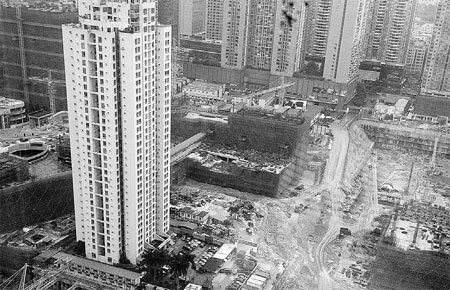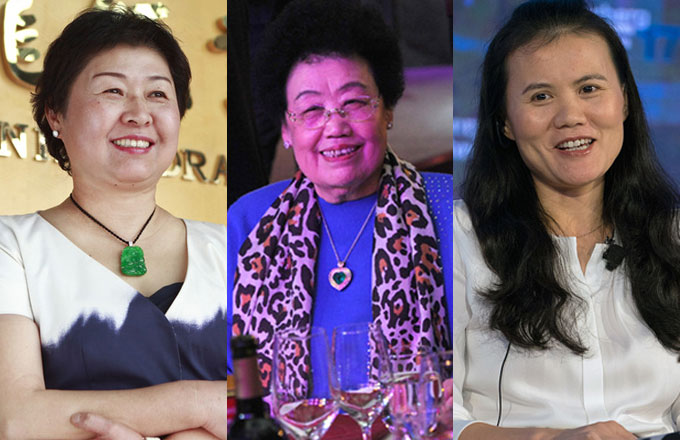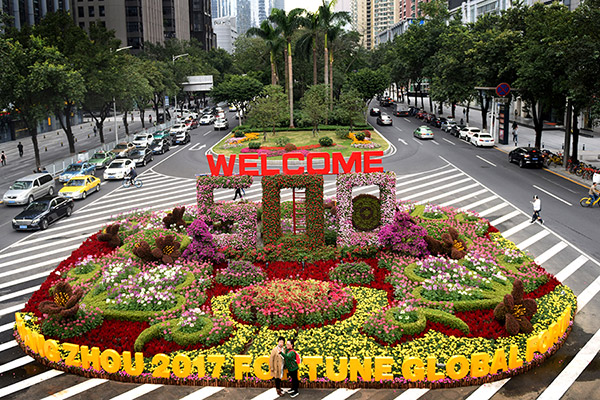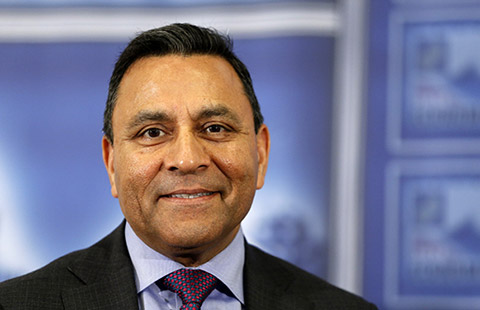Facing up to realities of urban development
|
Earmarked for development, East Gangxia village has been razed to the ground. Photo by Yao Jing / China Daily |
Big floating populace poses transformation challenges
Urbanization, with all its advantages, has also created challenges for policymakers. Prominent among them is the resettlement of people from areas that are earmarked for redevelopment.
Looking at He Ling and two other villagers from Sichuan province playing cards in the shade of several multi-story buildings in West Gangxia village in the central business district of Shenzhen, one of the largest urban resettlements in China, it is easy to assume that hardly any such problems exist.
Looking up from his card game, with his hands on the makeshift table, the 36-year-old says that he and his companions have been living in the village ever since they came to Shenzhen a decade ago.
Although the landscape of Shenzhen has altered considerably since then, He says that he is luckier than many others because his village has not seen much change. "I can keep living and making money from the same place by doing the same small business of buying secondhand refrigerators, air-conditioners and other household appliances and then selling them to factories and companies," he says.
Not all are so lucky. Just 1,000 meters away, East Gangxia Village has been razed to the ground. By 2017, a new urban complex with several skyscrapers will replace the seven- and eight-story dwellings that made up the village.
He is just one of the 13 million people who have moved from the countryside or other cities in China to Shenzhen, a city adjacent to Hong Kong. Today, several urban villages, which have been home to the floating population, are facing renovation or reconstruction challenges because of an acute scarcity of land.
Apart from the two Gangxia villages, there are about 240 urban villages across Shenzhen. Most of them are being redeveloped or retrofitted.
Urban complexes, which use the city space efficiently, are blossoming on many of these village sites that were originally homes to farmers and other migrants.
Although the new urban complexes still sport the look and feel of a community, they are much more commercial, comprehensive and consistent with a modern city. Needless to say, the cost of such a face-change is also enormous.


























